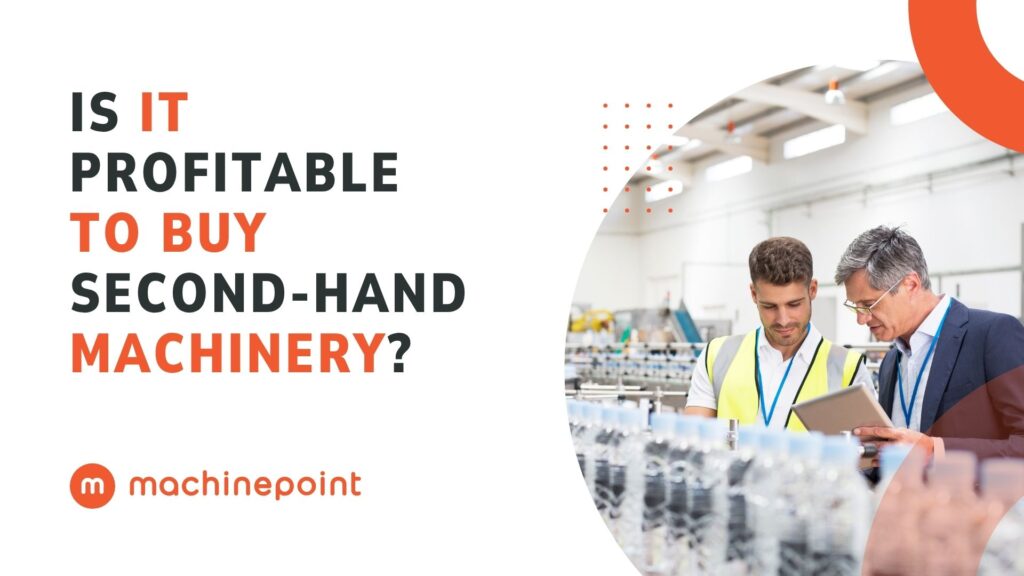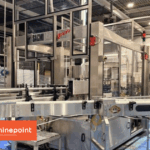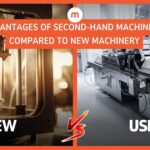Profitability is one of the main concerns for industrial companies when investing in new machinery. In a global context marked by market volatility, supply chain tensions, and the pressure to increase efficiency, many companies are rethinking their investment decisions. And in this scenario, second-hand machinery has emerged as an increasingly attractive alternative. MachinePoint has become a strategic partner for companies looking for cost-effective and reliable solutions without compromising on quality.
But is opting for used equipment truly profitable compared to buying new machinery? The answer, as we will see throughout this article, depends on several factors, but in many cases, it is a resounding yes.
A Growing Market
According to various industrial reports and internal data from MachinePoint, global demand for used machinery has seen sustained growth in recent years. This trend is driven by a combination of factors:
- Greater availability of quality equipment on the second-hand market.
- The need to quickly amortize investments, especially in emerging markets.
- Technological changes that do not always justify the cost of a new machine.
- Delays and cost overruns in the manufacturing and delivery of new machinery.
Lower Initial Investment, Higher Return
The main financial advantage of used machinery is clear: the initial cost is significantly lower. Depending on the type of machine, the price difference can range from 30% to 60% compared to a new machine. This cost reduction allows companies to:
- Free up capital for other strategic investments.
- Shorten the payback period.
- Reduce the financial risk associated with the purchase.
Moreover, in sectors with high technological turnover or production lines with a limited lifespan, investing in brand-new equipment may not be profitable in the long term.
Common Use Cases:
- Companies looking to expand without compromising liquidity.
- Factories needing to replace equipment quickly due to breakdowns.
- Temporary projects or specific production lines.
Reliability and efficiency: Beyond prejudice
One of the main concerns surrounding second-hand machinery is its condition and reliability. However, this argument loses weight when working with specialized and reputable suppliers like MachinePoint. The key lies in:
- Choosing machines that have been serviced and come with a maintenance history.
- Evaluating actual operating hours, not just the year of manufacture.
- Conducting in-person or virtual inspections beforehand.
Nowadays, many machines available on the secondary market have been carefully maintained and perform at a level comparable to new equipment—especially in industries where technological advances do not involve significant qualitative leaps.

Sustainability: An increasingly important argument
Investing in used machinery is not only an economic decision but also a sustainable one. Extending the life of industrial equipment helps reduce:
- The need for manufacturing new units.
- The consumption of natural resources.
- The carbon footprint of the acquisition process.
More and more companies are incorporating ESG (Environmental, Social, and Governance) criteria into their purchasing decisions. In this context, acquiring second-hand machinery actively contributes to sustainability goals.
Risks and how to minimize them
Although the advantages are clear, it is important to note that not all of the second-hand market is equally reliable. There are risks that must be carefully managed:
- Lack of technical documentation or traceability.
- Obsolete equipment with no available spare parts.
- Transactions with unverified intermediaries.
This is why it’s essential to work with specialized companies that offer guarantees, inspection services, dismantling, transport, and technical support. With over two decades of international experience, MachinePoint serves as a reliable link to ensure a safe and transparent purchase.
Buying second-hand machinery can be one of the most profitable decisions an industrial company makes—if approached wisely and with the right support. Beyond the initial savings, it offers operational flexibility, sustainability, and faster implementation.
In competitive markets such as plastics, recycling, beverages, or food, agility and efficiency are just as important as innovation. In many cases, investing in used machinery is the smartest way to achieve both.





